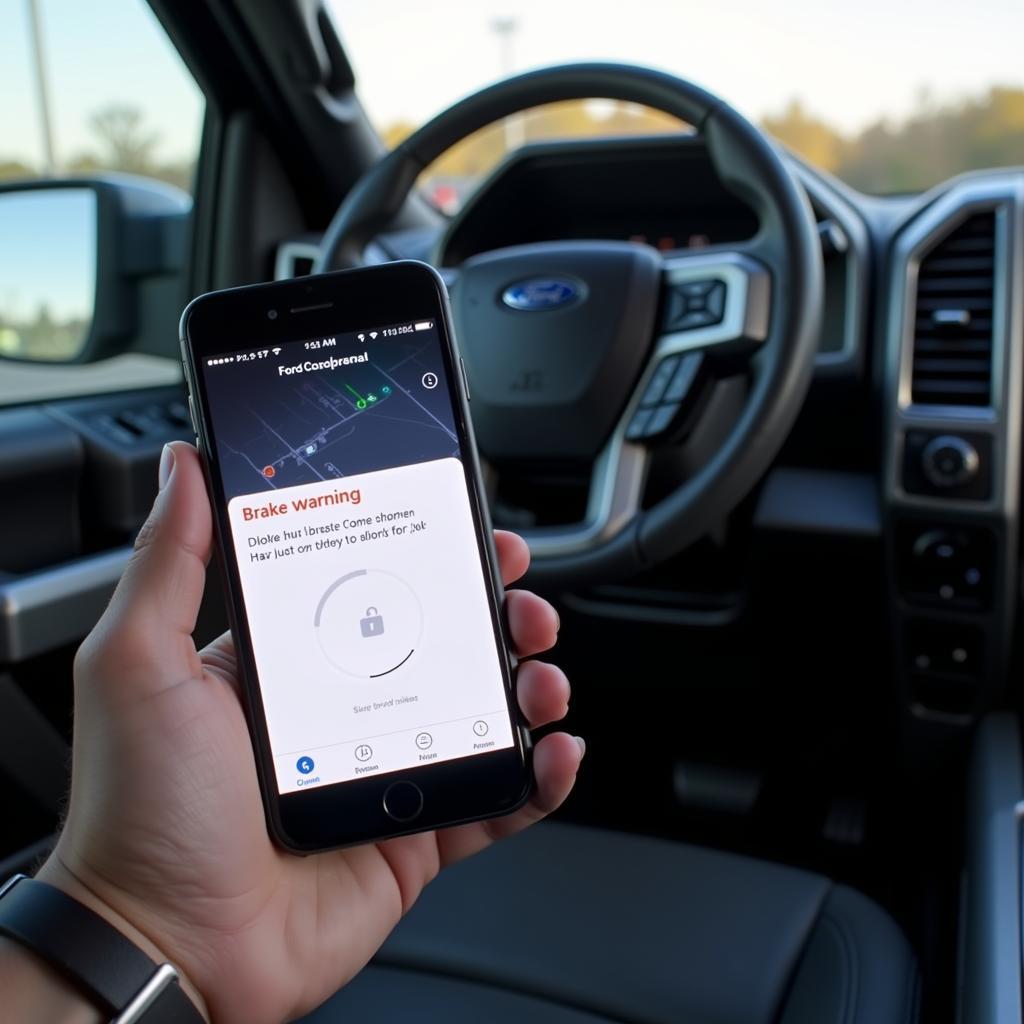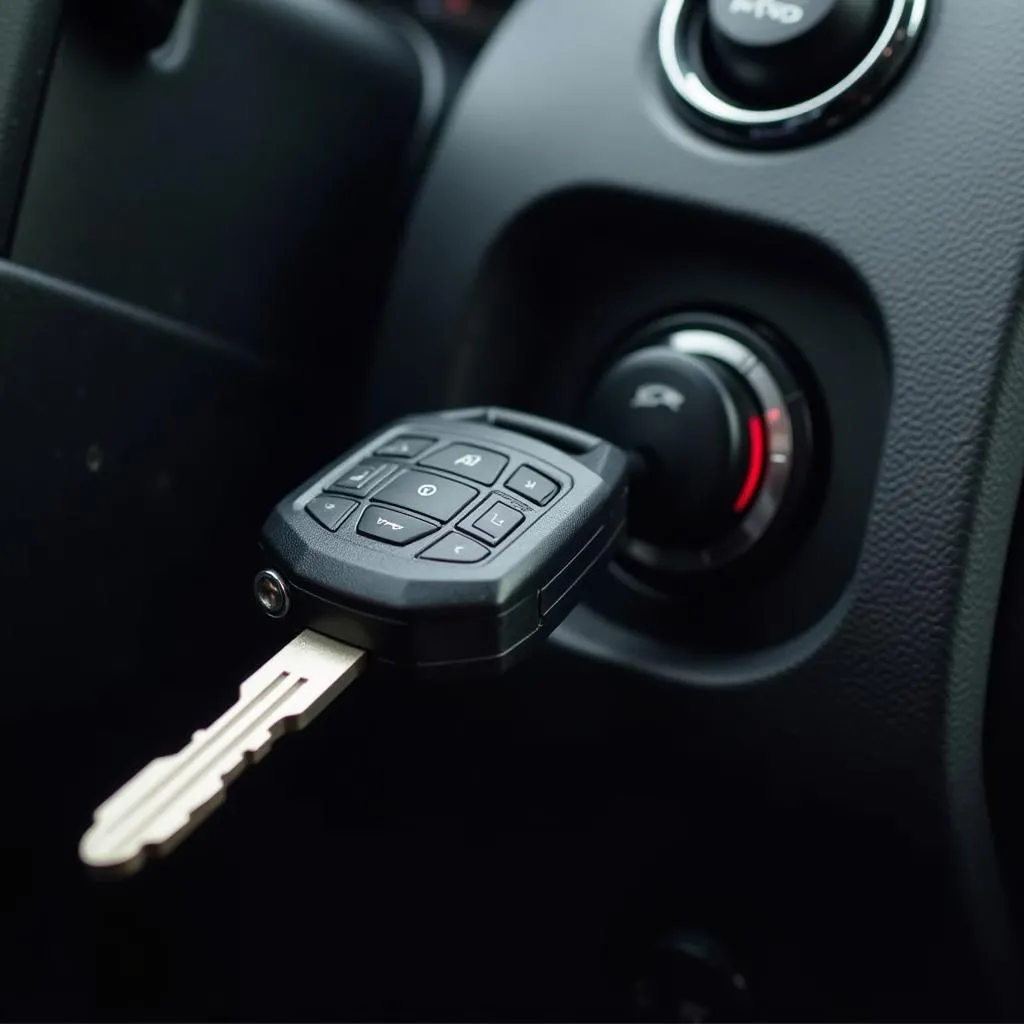The park brake and brake warning switch play a crucial role in your vehicle’s safety system, alerting you to potential braking issues. When these components malfunction, it can lead to a range of problems, from a frustrating warning light on your dashboard to a potential safety hazard. This article delves into the common issues associated with the Mopar park brake and brake warning switch, providing you with the knowledge to diagnose and address them effectively.
Understanding the Park Brake and Brake Warning Switch
The park brake, also known as the emergency brake, is a mechanical system that locks the rear wheels to prevent the vehicle from rolling when parked. The brake warning switch, on the other hand, is an electrical component that monitors the park brake’s engagement status and the brake fluid level.
When the park brake is engaged, the switch closes a circuit, illuminating the brake warning light on the dashboard. Similarly, if the brake fluid level drops below a safe threshold, the switch activates the warning light, signaling a potential issue with the hydraulic braking system.
Common Symptoms of a Faulty Switch
A malfunctioning park brake or brake warning switch can manifest itself in several ways:
- Illuminated Brake Warning Light: This is the most common symptom, indicating an issue with the park brake, brake fluid level, or the switch itself.
- Park Brake Warning Light Stays On: If the light remains illuminated even when the park brake is disengaged, it suggests a problem with the switch or its wiring.
- Intermittent Brake Warning Light: A flickering or intermittent warning light can be a sign of a loose connection or a failing brake warning switch.
Diagnosing the Issue
Before replacing any components, it’s essential to diagnose the root cause of the problem accurately:
- Check the Park Brake Lever: Ensure the park brake lever is fully released. Sometimes, a slightly engaged lever can trigger the warning light.
- Inspect Brake Fluid Level: Low brake fluid is a common culprit behind an illuminated brake warning light. Check the brake fluid reservoir and top it up if necessary.
- Test the Brake Warning Switch: Locate the brake warning switch, usually mounted near the brake pedal assembly. With the park brake disengaged, try depressing the switch plunger manually. If the warning light comes on, the switch is likely functioning correctly.
Resolving the Problem
The solution to your brake warning light issue depends on the diagnosis:
- Adjust Park Brake Cable: If the park brake cable is too tight, it can prevent the lever from fully disengaging. Adjusting the cable tension should resolve the issue.
- Add Brake Fluid: If the brake fluid level is low, add the recommended brake fluid to the reservoir. Be sure to check for leaks in the braking system if the fluid level drops rapidly.
- Replace the Brake Warning Switch: If the switch is faulty, it needs to be replaced. This is a relatively straightforward procedure, but it’s best to consult your vehicle’s repair manual or seek professional assistance.
Preventative Maintenance
Regular maintenance can help prevent issues with your park brake and brake warning switch:
- Inspect Brake Lines and Hoses: Regularly check for cracks, leaks, or signs of wear in the brake lines and hoses.
- Flush Brake Fluid: Brake fluid absorbs moisture over time, reducing its effectiveness. It’s recommended to flush the brake fluid according to your vehicle manufacturer’s service schedule.
- Engage Park Brake Regularly: Even if you don’t always park on an incline, engaging the park brake regularly helps keep the mechanism lubricated and functioning correctly.
Conclusion
Addressing problems with your Mopar park brake and brake warning switch promptly is crucial for your safety and the longevity of your vehicle. By understanding the common symptoms, diagnostic steps, and solutions outlined in this article, you can confidently tackle these issues and ensure a safe and enjoyable driving experience.
FAQs
Q: Can I drive with the brake warning light on?
A: While it’s technically possible to drive a short distance with the brake warning light on, it’s strongly discouraged. The illuminated light indicates a potential issue with your braking system, which could lead to reduced braking performance or even brake failure.
Q: How often should I replace my brake warning switch?
A: The brake warning switch doesn’t have a specific replacement interval. It’s generally recommended to replace it if it’s malfunctioning or showing signs of wear.
Q: Can I replace the brake warning switch myself?
A: Replacing the brake warning switch is a relatively straightforward procedure for those with basic mechanical skills. However, it’s essential to consult your vehicle’s repair manual or seek professional assistance if you’re unsure about any step.
Q: Why is my brake warning light flashing?
A: A flashing brake warning light typically indicates a more serious issue with the braking system, such as critically low brake fluid or a malfunctioning ABS (Anti-lock Braking System). It’s crucial to address this issue immediately.
Q: How much does it cost to replace a brake warning switch?
A: The cost of replacing a brake warning switch varies depending on the make and model of your vehicle and whether you opt for professional installation. On average, you can expect to pay between $50 and $150 for the switch itself and an additional labor cost if you choose professional installation.


